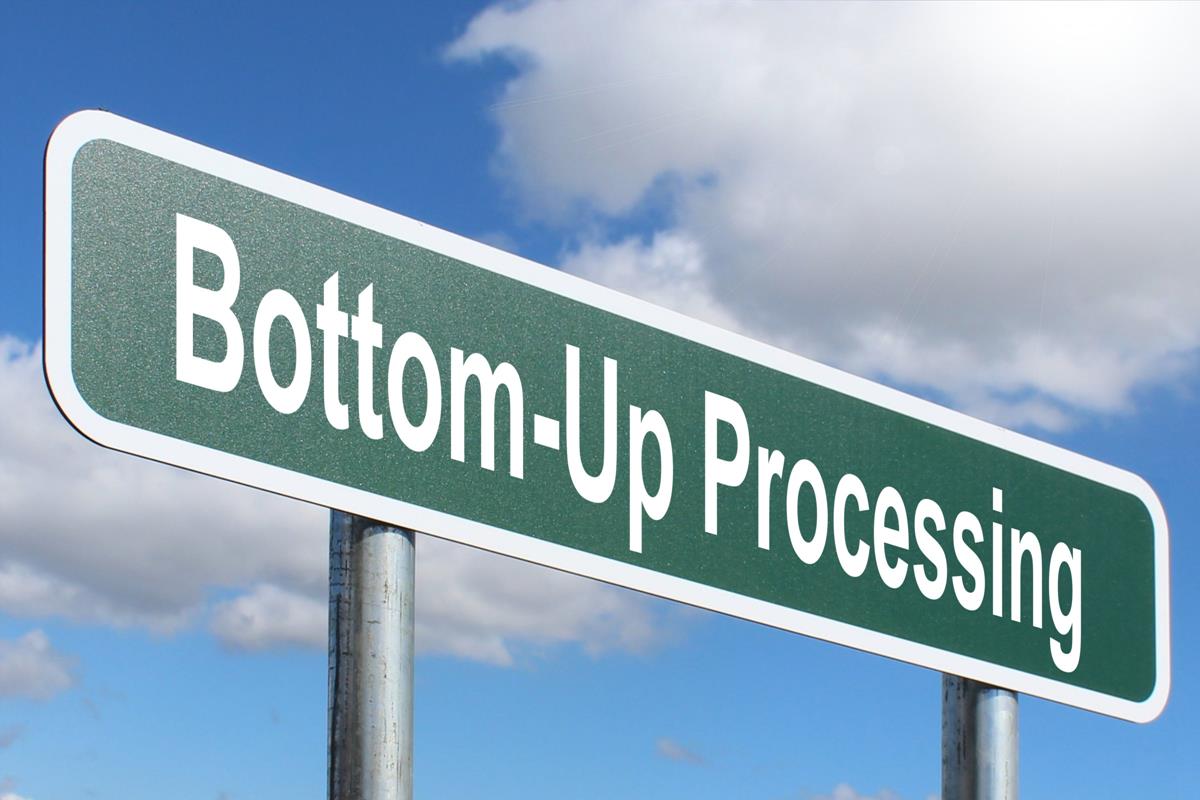

Here, we have no problem differentiating the middle letters in each word (H and A), even though they are identical. However, one difficulty for this theory is illustrated in the figure to the right. For example, if I can achieve a match between the large red object I see in the street and my stored representation of a London bus, then I recognize a London bus. One way for people to recognize objects in their environment would be for them to compare their representations of those objects with templates stored in memory. Most psychologists now would argue that both bottom-up and top-down processes are involved in perception. Gibson's emphasis on the match between individual and environment led him to refer to his approach as ecological. Gibson developed the notion of affordances, referring to those aspects of objects or environments that allow an individual to perform an action. This stated that the real world provided sufficient contextual information for our visual systems to directly perceive what was there, unmediated by the influence of higher cognitive processes. Gibson (1904-1980), who articulated a theory of direct perception. One of the strongest advocates of a bottom-up approach was J.J. Bottom-up approaches, however, are more like the structuralist approach, piecing together data until a bigger picture is arrived at. In top-down approaches, knowledge or expectations are used to guide processing. Psychologists often distinguish between top-down and bottom-up approaches to information-processing.


 0 kommentar(er)
0 kommentar(er)
